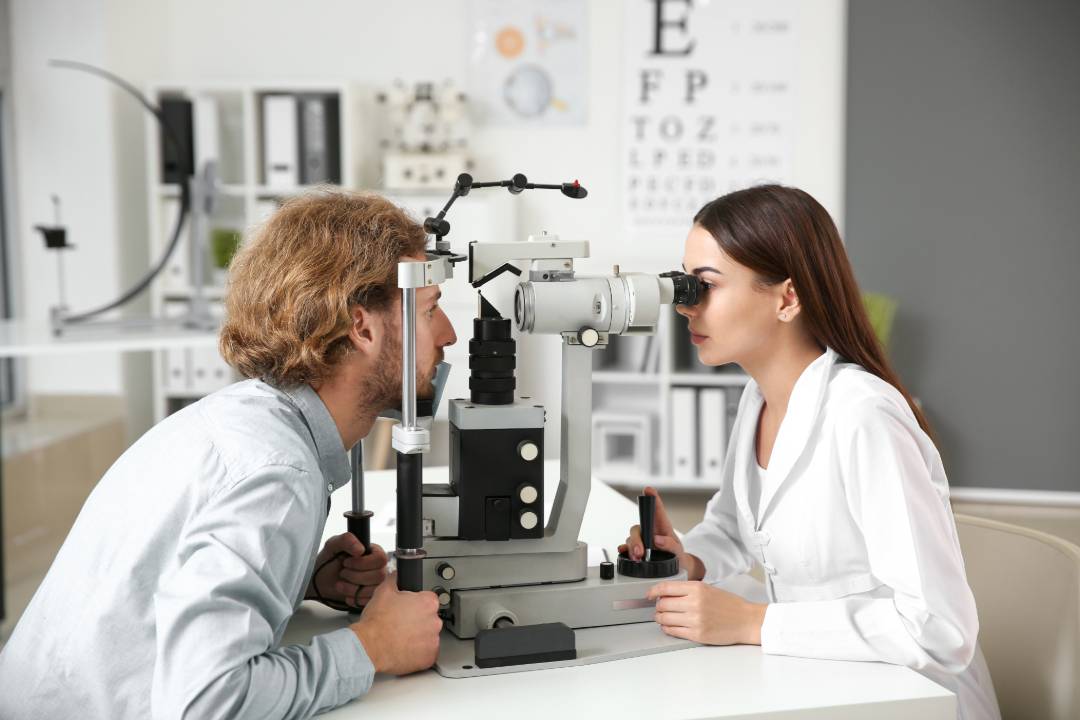
How Does Intraocular Pressure (IOP) Change When We Sleep?
Intraocular pressure (IOP) plays a crucial role in eye health. Understanding how IOP fluctuates during sleep can shed light on its significance. When we sleep, various physiological changes occur in the body, which also influence our eyes. This article explores the dynamic nature of IOP during different sleep stages and the factors that affect these changes.
The Significance of IOP Fluctuations
IOP is the fluid pressure inside the eye. Maintaining a healthy IOP is vital for preventing conditions like glaucoma, which can lead to vision loss. Normal IOP ranges from 10 to 21 mmHg. Any significant deviation from this can raise concerns. Monitoring how IOP at night changes with sleep can provide valuable insights into overall eye health.
Sleep and its Impact on Ocular Physiology
Sleep is a restorative process that affects many body systems. During sleep, our body processes fluids differently. This fluid redistribution can influence IOP levels. Studying these changes helps us understand both the benefits of sleep and how to manage eye health better.
Setting the Stage: What We'll Explore
We will examine how IOP changes during various sleep stages, the factors impacting these changes, and the relationship between sleep quality and IOP. Finally, we'll discuss monitoring techniques and management strategies for better eye health.
IOP Changes During Different Sleep Stages
IOP Variations in REM and Non-REM Sleep
Sleep consists of several stages, mainly REM (Rapid Eye Movement) and Non-REM sleep. Research shows that IOP tends to vary across these stages.
-
During Non-REM sleep, IOP generally decreases. This reduction can be linked to decreased metabolic activity and lower blood pressure.
-
In contrast, REM sleep often shows an increase in IOP. It is believed this happens due to heightened eye movement and increased blood flow to the eyes.
These variations highlight the significance of sleep phases in regulating IOP.
The Role of Circadian Rhythms in IOP Regulation
Circadian rhythms, our body's natural clock, also govern IOP levels. Research indicates that IOP can follow a diurnal pattern, often peaking in the morning and decreasing throughout the night. This rhythm is critical for understanding how daily activities impact eye health and sleep.
Data Analysis of IOP Patterns During Sleep
Studies using tonometry—the measurement of IOP—reveal distinct patterns. Data collected over several sleep cycles show consistent trends in IOP fluctuations. Understanding these trends can help eye care professionals tailor management strategies for individuals at risk of elevated IOP.
Factors Influencing IOP Changes During Sleep
The Impact of Body Position on IOP
Body position during sleep significantly affects IOP.
-
Lying on the back generally helps maintain lower IOP levels.
-
Side sleeping can cause variations depending on which eye is nearer to the surface, potentially leading to increased pressure in that eye.
Understanding your preferred sleeping position can aid in managing IOP.
The Influence of Medications and Underlying Health Conditions
Certain medications, like corticosteroids, can elevate IOP. Underlying conditions, such as hypertension or diabetes, may also impact IOP levels during sleep. Awareness of these factors is essential for those managing chronic health issues.
Analyzing Individual Variations in IOP Response to Sleep
Each person can experience different responses to sleep when it comes to IOP. Genetics, existing eye conditions, and overall health can lead to unique fluctuations. This variability underlines the importance of personalized eye care.
The Relationship Between IOP and Sleep Quality
Sleep Disorders and Their Correlation with IOP
Sleep disorders, like sleep apnea, can contribute to elevated IOP. The repeated disruptions in breathing can lead to stress and increased IOP levels. Monitoring these conditions is important for overall eye health.
The Effect of IOP on Sleep Disturbances
Conversely, high IOP may interfere with sleep quality. Individuals with elevated IOP might experience discomfort or disturbances, which can affect how well they sleep. Recognizing this relationship can help in seeking appropriate treatment options.
Monitoring and Managing IOP During Sleep
Non-invasive IOP Monitoring Technologies
Advancements in technology have made non-invasive IOP monitoring more accessible. Devices can track IOP changes overnight, providing valuable data for eye care professionals. Regular monitoring can lead to timely interventions, especially for at-risk individuals.
Strategies for Optimizing Sleep for IOP Management
- Maintain a back-sleeping position when possible.
- Avoid stimulants close to bedtime.
- Consult with your doctor about medications that may impact IOP during sleep.
Implementing these strategies can help manage IOP effectively.
Conclusion: Key Takeaways and Future Directions
Summarizing the Dynamics of IOP During Sleep
Understanding how IOP changes while we sleep is vital. It offers insights into both eye health and sleep quality. Individual factors such as body position, medications, and health conditions all play a role in IOP dynamics.
The Importance of Regular Eye Examinations
Regular eye check-ups are essential for monitoring IOP and ensuring ocular health. These examinations can catch problems early and provide the necessary guidance for managing any changes.
Call to action: Consult an ophthalmologist for personalized advice
For personalized insights and solutions, consider consulting an ophthalmologist. They can help navigate the complexities of IOP changes and develop a tailored plan for maintaining eye health.

Comments (0)